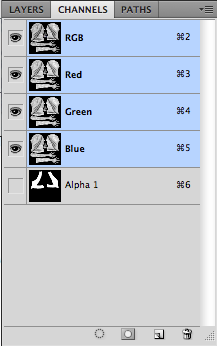Experiment title: Digital Art Thief (Possibly subject to change)
Scenario: An artwork was stolen in a gallery. The people present have been delegated to search out the culprit
Experiment Mechanics: Clues might be found in the artwork or environment. This encourages participants to look around, get interacted with others, and pay attention to what's going on in the environment. Audience dynamics is the main focus in this experiment. Clues will point to a particular member, and a reward will be given to the person/people who succeed.
SL Location: To be announced.
Roles in the event: (Member names hidden to exclude bias)
Crazy person: A crazy person who thinks he’s an angel. He randomly disperses clues, red herrings and general nonsense. However, he does not answer questions
Detective: Doing documentation and aiding in the investigation, but her information is not complete. She will answer questions, but since she doesn’t know everything yet, her information is not guarnteed to be accurate.
Regular person: Everyone else. Visitors who have been drafted to find the thief before s/he escapes the gallery.
Gallery owner: The only person affirmatively above suspcion. She asks for people's speculations on the thief’s identity during the last 20 minutes.
Roles in the project:
Sam: Gallery director who is mainly in charged with other artists and makes final art decisions.
Chris: Creative writer who is mainly in charged with the storyline/crime scene settings.
Matt: 3D architect who is mainly in charged with 3D models and layout of the environment.
Zoe: Event organizer who is mainly in charged with planning/communication/documentation/survey.
Assets provided: Gallery building, arts, clothes for participants (integral to solving the crime).
Participant preparation: Nothing really, but they will need to read the instructions before they investigate, which will be a notice, placing on the wall where the piece of artwork is missing.
Feedback survey: To be announced.
Standard detail feedback forms: OK!
Production plan: Brainstorm story/plot lines for this mystery and design the game. Design and create survey. Decide on the style, theme, and branding of the gallery and all artwork. Decide on location of the event. Design structure, construction of the environment. Building, Implementing, and modeling. Test environment and potential problems that might encounter. Rehearsal. Finalize survey and deliverables.
Experiment review report/presentation: OK!
End it: The gallery owner will come in to the gallery for the last 20 minuets, and people can go tell the owner who they think is the thief. If someone gets it right, the show will end.












